The Uffizi’s new exhibition, Figures, Memory, Space. Drawings from Fra Angelico to Leonardo, displays over 100 works by Fra Angelico, Botticelli, Leonardo da Vinci, Mantegna, Michelangelo and Titian. It shows how drawings were used to prepare for major paintings and frescoes and, later in the 15th century, how they became works of art in their own right, particularly with the arrival of print-making from northern Europe.
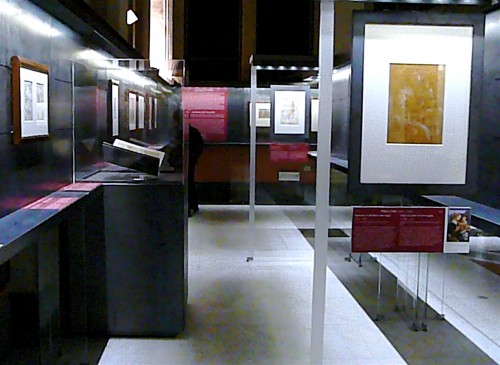
The Florence show, divided between two Uffizi locations, combines works from the British Museum’s collection and from that of the Uffizi. Last year it opened to rave reviews in London.
Fifty prints are on view in a free exhibit in the Reali Poste exhibition space off of the Uffizi courtyard. A simple labiranth was created so that each of the sketches can be viewed in its own space and also offers a sense of privacy to the viewer.
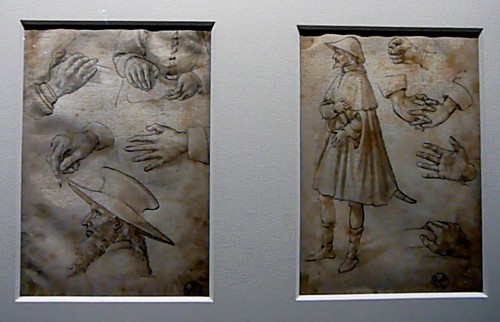
Alexandra M. Korey best describes the emotional experience of seeing the original sketches of Leonardo da Vinci for the first time and enumerates three reasons you must visit the Reali Poste exhibit. Read her post on arttrav.com.
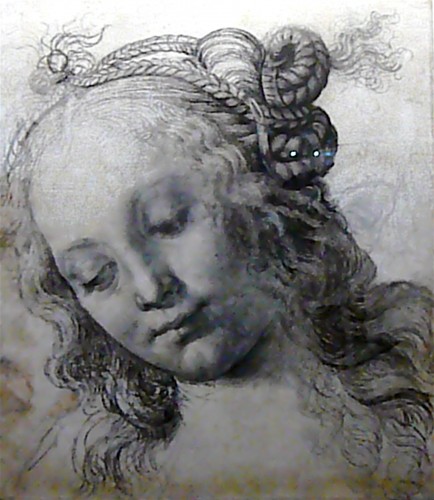
In addition to the detailed and exquisite pictures of figures, limbs and drapery, there are fast, rough sketches by the likes of da Vinci who used pen and ink drawings as a way of brainstorming and arriving at ideas for major works, some of which you will remember from past visits to the Uffizi. “One can sense the excitement as their quills raced over the paper to keep pace with the flow of ideas,” said British Museum director Neil MacGregor about the London exhibition.
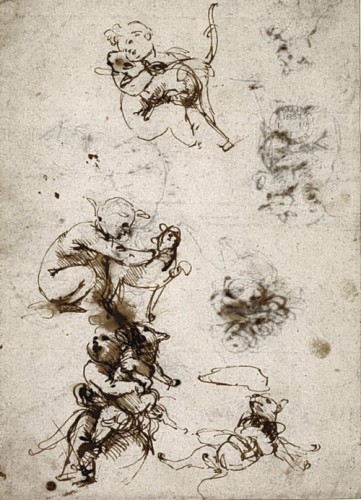
Brian Sewell, British art critic and media personality, who analyzed the drawings and sketches that made up the British Museum exhibit in the ThisIsLondon blog of the London Evening Standard, wrote, “It is drawing that gives first substance to the idea in the mind’s eye.” A Leonardo da Vinci series of quick rough sketches caught his fancy – two of these, Baby with Cat and Woman, Baby and Cat, can be seen at the Reali Poste exhibit:
Consider Leonardo’s studies of The Virgin and Child with a Cat. A cat? Where did that come from? A cat had no emblematic place in the traditional iconography of such a votive subject — a lamb perhaps, a bullfinch too, even two cherries on a bifurcated stalk to symbolise Christ’s testicles and his wholeness as a mortal man — but not a cat. Leonardo must have seen a cat squirming in the arms of a child, in turn in the arms of a kneeling girl, and recognised in the complication of the momentary torsions of three very different bodies a subject as difficult to pin down as the swirling waters of a whitewater river. The pen cannot move as rapidly as the model, nor record as swiftly as the eye and memory, and everywhere there are overdrawings and corrections. We cannot determine which of the five studies was first to develop on the sheet — they were probably all preceded by eight studies on another double-sided sheet — for it is only with the introduction of the Virgin that we sense the composition of a painting forming in Leonardo’s mind, a composition that in still other sheets developed into an arch-topped panel that in closely confining the energy of the group enhances it. The painting, alas, was never executed, and the drawings now act as records of what might have been. In the beginning was the line and in this case that must be enough.
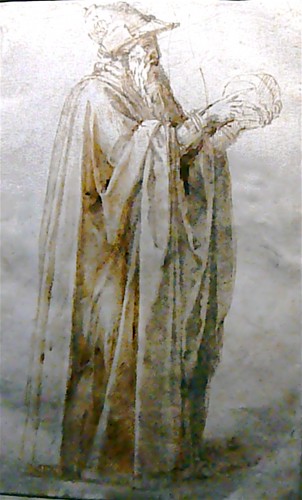
Most of the works on display were never intended for public exhibition although today they would be considered masterpieces. A drawing by Raphael for a work commissioned by Pope Julius II in the early 16th century, sold in December 2009 for $47.9 million at Christie’s, a world record for any work on paper.
The excellent signage of Figures, Memory, Space. Drawings from Fra Angelico to Leonardo, both Italian and English, describes how the invention of paper, a cheaper alternative to vellum, was key to drawing’s development and distribution. The ever-expanding trade with the Far East is said to have changed the tools and colors of inks, the black, gray, red and white lead, silverpoint, metalpoint, the stylus, chalks, charcoal, and watercolors.
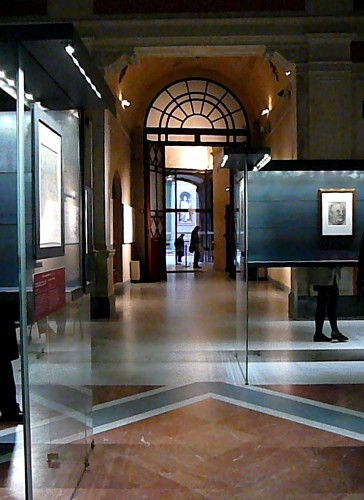
Once you have enjoyed the free view of 50 incredible designs dating from the 14th to 16th centuries, you can pay 15 euro for a reserved ticket to the Uffizi. Half-way up the arduous stairs to the main gallery, you can pause for breath and view more than 50 more in the Gabinetto Disegni e Stampe on the Uffizi’s first floor, including prints that the Londoners did not get too see because they are deemed too precious to leave the gallery.
